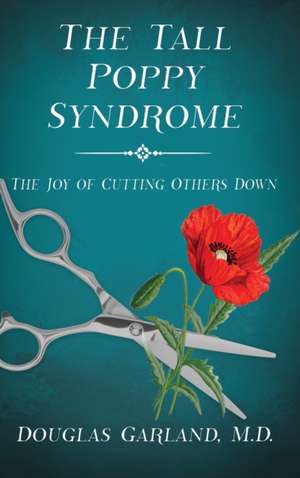The Tall Poppy Syndrome
Autor Douglas Garlanden Limba Engleză Hardback – 3 iun 2022
| Toate formatele și edițiile | Preț | Express |
|---|---|---|
| Paperback (1) | 118.49 lei 3-5 săpt. | |
| Wise Media Group – 25 feb 2022 | 118.49 lei 3-5 săpt. | |
| Hardback (1) | 172.76 lei 3-5 săpt. | |
| Wise Media Group – 3 iun 2022 | 172.76 lei 3-5 săpt. |
Preț: 172.76 lei
Nou
Puncte Express: 259
Preț estimativ în valută:
33.06€ • 34.52$ • 27.30£
33.06€ • 34.52$ • 27.30£
Carte disponibilă
Livrare economică 25 martie-08 aprilie
Preluare comenzi: 021 569.72.76
Specificații
ISBN-13: 9781629672427
ISBN-10: 1629672424
Pagini: 322
Dimensiuni: 157 x 235 x 24 mm
Greutate: 0.68 kg
Editura: Wise Media Group
ISBN-10: 1629672424
Pagini: 322
Dimensiuni: 157 x 235 x 24 mm
Greutate: 0.68 kg
Editura: Wise Media Group
Notă biografică
Douglas Garland, M.D. practiced orthopedic surgery for 37 years in Southern California. In addition to serving as Medical Director of their total joint service at his local hospital for five years, he served as chief of four service units including spinal cord injury and traumatic brain injury. Doug was also a Clinical Professor of Orthopedics at the University of Southern California.
